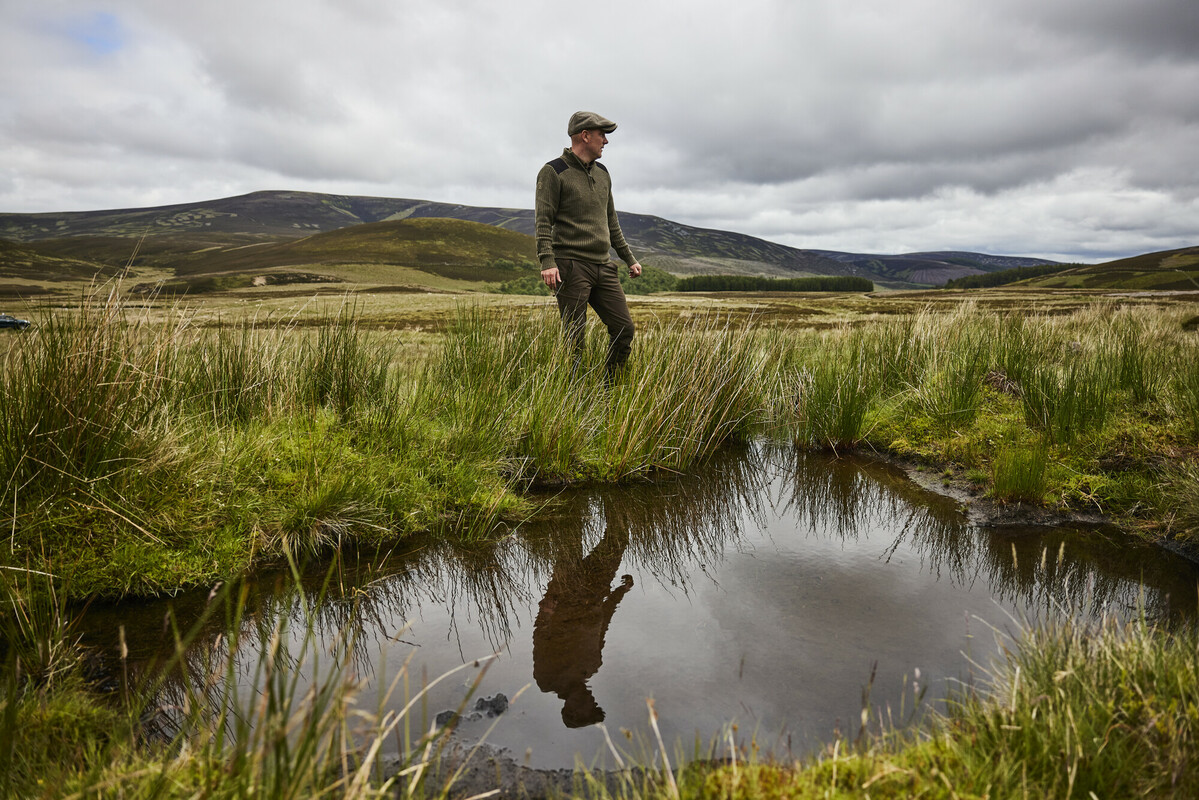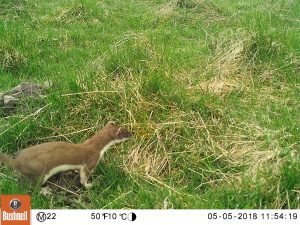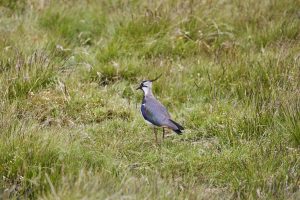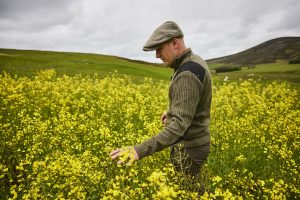East Cairngorms Moorland Partnership highlight conservation efforts to help wader species

East Cairngorms Moorland Partnership highlight conservation efforts to help wader species
They say that the countryside is a peaceful, quiet place – not here though, there is a cacophony of noise as oyster catchers and lapwings swoop and dive, keeping their chicks safe from harm. Accompanying these charismatic waders in this rural symphony is a flock of sheep – who have a very specific job to do.
This is Delnadamph Estate – early summer – right in the heart of the Cairngorms National Park. Delnadamph is owned by her Majesty the Queen and is part of the East Cairngorms Moorlands Partnership (ECMP).
The ECMP has been set up in conjunction with the Cairngorms National Park Authority (CNPA). It aims to help five neighbouring estates in the eastern Cairngorms work together to deliver public benefits alongside private objectives, enhancing habitat diversity, supporting woodland expansion, encouraging diverse wildlife populations as well as generating a better understanding of moorland management.
One of the key areas of work that the ECMP has been focusing on is wader conservation. Wader numbers are generally in decline but there is no evidence of that here at Delnadamph, which is positively buzzing with the birds that come here in the spring to nest and rear their chicks before heading back to the coast for winter.
Michael Bennet is Head Keeper at Delnadamph – one of a team of three employed full-time on the estate. Here, he explains what happens day to day to ensure that waders are thriving here in the Cairngorms National Park, and shares with us his views on how to give the waders the best chance….
“Delnadamph is managed as a grouse moor, but everything we do for grouse has a positive impact on wader species. We are a very conservation minded estate.
“At this time of year our workload is intensive, while ground nesting birds are at their most vulnerable, especially from predators. Stoats and weasels are a particular problem so we use legal predator control techniques to control their numbers across the 8,000 acre estate. These traps are fully compliant and we are inspected annually by the Game & Wildlife Conservation Trust and training is provided to all trap operators.

“For us, it is not about wiping out a species to protect another, it’s about giving all ground nesting birds a bit of breathing space to nest and rear young, so we remove enough predators – including foxes and crows – to allow them to breed successfully.
“The sheep are here to manage the tick population. There are 800 breeding ewes and 700 hoggs (first year female sheep) which are all treated with dysect every six weeks. A well managed flock helps to keep tick numbers in check, which is good news not just for grouse and waders but any form of wildlife and even us humans! We make sure the sheep are moving around the hill and the low ground areas continually, doing the most effective job they can.
“It’s all well and good keeping waders safe from predators and ticks but if the habitat isn’t up to scratch, we are wasting our time. We provide the best habitat we can in a variety of ways.
“Firstly, we have spent a great deal of time on pond creation – waders just love wet boggy ground. We do this in a variety of ways, some with a machine but some just with a good shovel! For example we will follow a ditch line and every so often we block it enough so that the water still runs freely but is slowed enough to basically create a large puddle.
“It’s a really great habitat for ground nesting birds and in the muddy areas round the edges you can see the marks they have made with their beaks as they poke and prod the ground for food. We also bring in a digger to create larger wet areas or scrapes for the birds. In the past few summers theses have been crucial for all types of wildlife with the ground being very dry.
“So when we know that predation levels are low and the habitat condition is good, we then turn our attention to monitoring our efforts. We need to analyse which activities are proving to have the most impact and know that we are concentrating on the right areas of land. We do this in a very old fashioned way – simply spying with binoculars – and also in a very modern way, using an app on our phones called EpiCollect. Here we can capture everything from species and numbers to location and behaviours.
“Transect counts are also carried out in April, May and June. This involves us taking a 1km walk in set locations and recording everything that we see in relation to waders. We are using the same data recording system as the likes of the British Trust for Ornithology, the North Yorkshire Moors National Park and the Moorlands Association. This will allow us to compare results and share best practice more effectively.
“We are a shooting estate and we are a conservation estate – you don’t have to be one or the other. Driven grouse shooting is something you can do only in Scotland or the north of England – it is a unique experience in a unique environment – and the employment associated with it and the income generated is the backbone of this rural community.
“The investment made here in managing for grouse and managing for conservation is paying dividends. We are carrying out sympathetic tree planting and have fenced off areas of juniper to allow for regeneration. We plant 10-12 acres of conservation crops every year which helps the song birds make it through the winter. While waders and black grouse numbers are falling in other areas, there are healthy populations here.
“Of course, we will not know for sure until all the wader data from all five estates has been collected and analysed. Jos Milner from the CNPA will pull all the information together and provide a report on breeding success, due around August. In the meantime, we continue to conserve and enhance this special place.”
Wader habitat work at Delnadamph has been supported by a £2,250 grant from the NatureScot Biodiversity Challenge Fund (BCF2) as part of the CNPA’s ‘Cairngorms Wetlands’ project.
Latest from the National Park
In conversation with: Dr Sally Mackenzie
In conversation with Freshwater Restoration Manager, Dr Sally Mackenzie, about her role at the Park Authority.
Pulling together in wake of wildfires
An update from Park Authority Convener Sandy Bremner and Chief Executive Grant Moir on collective efforts to tackle wildfires in the National Park going forward.
Making a difference downstream
Reducing the impacts of droughts and high temperatures.









